|
We've moved to a new website and blog!
See https://www.idialogue.app/blog for the latest news and content related to iDialogue.
0 Comments
Salesforce Admins can really impress their Sales Reps by adding images to production configuration flows.
Imagine how easy it would be train and learn your organization's product catalog if image icons were used to represent product families. Learn more about the iDialogue Product image component for flow builder. In our pursuit to build the best possible customer quoting and onboarding tools, Dreamforce conferences receive our full focus to calibrate our product strategy with emerging platform features. This year’s virtual 2021 Dreamforce delivered some key points that we think are relevant to the future of your Sales organization and the use of Salesforce moving forward. Some key takeaways (continued below) Visual Flow Is the Future If your org is invested in classic workflow rules or process builder flows, then take note. Salesforce is deprecating these tools in favor of visual flows, which have now reached feature parity with legacy workflow solutions and many Apex trigger coding use cases. Salesforce flows are the future of Sales Orchestration, and not just in the technical sense. Future Salesforce Job Descriptions will be defined, personnel trained, and partners aligned around this common workflow platform. But not to worry. Salesforce announced a gradual transition to flows and a commitment to auto-conversion tools to help Admins make the transition. Similar to S-Controls, legacy workflow processes will continue to work. But new process builder flows may not be supported at some point in 2022 or 2023. Learn more about iDialogue Flows and Actions. Event Driven Programming Parker Harris referred to event-driven programming as the ”future of development“. Events, such as opening quote room links, viewing quotes, eSigning documents, submitting payment methods can be published in real-time into Slack channels, or emails sent to record owners. Learn more about iDialogue platform events iDialogue now includes a pre-built Room Events flow template for handling all room events. Review the latest release notes here. Slack Integration We tend to think of Slack as the human-side of event driven programming. With all the data flowing in today’s Internet-powered economy, it can be difficult to distinguish the signal from the noise. Subscribing to Slack channels with intelligent bots gives humans selective control over which events to monitor, and potentially engage with customers with via Slack actions. Given that Salesforce’s acquisition of Slack closed just weeks prior to Dreamforce, there was a surge of unreleased demos and sessions that demonstrated Salesforce’s commitment to Slack. Our Slack connector dates back to 2019, when we needed to fill a void in our product to publish room events to an internal audience. Now with the acquisition of Slack formalized, our integration is no longer an “add-on”, but now a primary delivery channel for all quote room events. Learn more about the iDialogue Slack connector. Sales Enablement
Salesforce is bringing Trailhead videos and training materials directly into Salesforce to assist with onboarding new Sales reps. This is very much aligned with iDialogue’s goal of measurably enabling Sales Reps with dynamic content, guided product configuration flows, and auto-generated rooms. Q4 2021 is when many of these new iDialogue SE features are rolling out, and our product demos will soon reflect some of the merged SE functionality in Sales Cloud. See iDialogue feature roadmap and releases. Going digital can be difficult when government forms and legacy paper-based processes are involved.
Retaining the "look-and-feel" of legacy forms, while automating document generation is often the best compromise. Checkboxes are the most common form element found in legacy documents. Mapping a Word doc checkbox to Salesforce fields; either picklists, checklists, or text fields; can dramatically improve any document-driven process. Learn more at the Checkbox HOWTO article. New in v1.134 are batch document utilities for zipping all batch files into one zip file and combining all batch files into a single Word DOCX file.
The ability to combine all batch files into one file is particularly useful for print and mail processes, like marketing direct mail campaigns or end of year donation letters. Adding scripts to iDialogue rooms makes the quoting experience more interactive.
Embed Codes We use Calendly to schedule demos and onboarding sessions. Using their embed feature, we can invite customers to schedule appointments based on our calendar availability, without writing any code. Just cut-n-paste the Calendly embed code into a script plugin and Calendly takes care of the rest! Pricing Calculators For companies with transparent pricing models, scripts are useful for publishing interactive pricing calculators that give customers self-service to common pricing questions, reducing back-and-forth emails with Sales, and empowering customers to explore various “What-if?” purchasing scenarios. Vanilla JS No proprietary Javascript framework knowledge required. No Aura or Lightning Web Component (LWC) experience. Just plain Vanilla JS. This means Marketers and Salesforce System Administrators with no coding skills can create interactive pages by simply pasting plain JS into pages. Up to 80% of purchasing decisions are made as anonymous website visitors. Visitors are filling out less web forms and enabling more privacy protections in the browser. So, what secrets are your competitors implementing to convert their anonymous web traffic to leads? "The secret to converting more anonymous web site visitors is providing online product configurators." A product configurator gives web site visitors the ability to visualize and personalize your products or services, getting them one step closer to imagining themselves as buyers. The automobile industry was one of the first adopters of configurators, providing rich online user experiences to customize car colors, interiors, wheels, and packages. Customers can truly visualize what they were going to buy… all online without going to a showroom. In a post-COVID era of remote work and shopping, the ability to interact with a product prior to purchase is what separates progressive organizations from their competitors. Extending CRM and CPQWhen the term “CPQ” (Configure-Price-Quote) first emerged, the idea of customer self-service product configuration was a core part of the CPQ vision. The measurement of success for any CPQ implementation is the ability to move beyond data grids, page layouts, and spreadsheets; and provide an interface that is as close as possible to experiencing the actual product or service. This ensures customers receive exactly what they expected, reduces quoting errors, and reduces the time from lead to opportunity close. From a CRM perspective, anonymous web site visitors appear as Leads in Salesforce once minimum interaction criteria are met. Fingerprinting details, like IP address, browser agent, and a cookie-based session are recorded on the Lead. Slack messages can help celebrate minor wins that notify internal teams when web visitors interact with a configurator. From a resource planning and forecasting perspective, it can be useful to view the "shopping carts" of what anonymous visitors are configuring.
GenWatt 3DEvery Salesforce Consultant, Systems Integrator, and Administrator is familiar with the GenWatt product. GenWatt is an example product pre-installed in every demo version of Salesforce CRM. This live site demonstrates both 2D and 3D GenWatt product configurators using iDialogue. As visitors interact with the 3D configurator; leads, quotes, and opportunities are updated in Salesforce in real-time (contact me for a demo. You're guaranteed to love this!) Pricing CalculatorsConfigurators are not exclusively for product manufacturers. SaaS, software, subscription, and usage-based tech companies effectively deploy online calculators to help customers explore "What If?" scenarios. Like "what if I upgrade from the 1GB of free storage plan to 50GB?" Amazon Web Services (AWS) pricing calculator is a great example of using transparent pricing and a range of products to help prospective customers understand the potential costs at various scales. https://calculator.aws/ MeasurementsImplementing a product configurator brings a whole new set of metrics to the lead generation process. In addition to traditional website visitors, product configurators introduce:
Lead Scoring Once converted, configurator interactions can be integrated with demand generation solutions like Demandbase to provide advanced lead scoring signals. ImplementationWeb development tools have come a long ways since the early days of building websites. Using tools like iDialogue "Experience Builder", product configurator development is conducted side-by-side with CRM products, pricebooks, and Leads so that everything is integrated from the beginning. The waterfall of implementing a successful product configurator project is well known, and can be reliably estimated and implemented within a reasonable time frame. Learn MoreConfiguration API and Project Implementation framework:
https://docs.i-dialogue.com/#/configurators/overview SDK and source code for the GenWatt demo: https://github.com/pacificapps/configurator-sdk I'd love to learn more about your business and discuss how a product configurator can have an impact on your Marketing and Sales processes. Contact me anytime at [email protected] to discuss. Core to every digital CX (Customer Experience) is the concept of "Dynamic Personalization".
Every web page, email, text message is personalized to the customer. "Bottom Up" a CX transaction is personalized through a series of layers: CRM Data A CRM Identity; such as Lead, Contact, or User; and a CRM Object; such as Campaign, Opportunity, Quote, or Contract, are the basis for personalization. Content Templates Templated content contains merge tags to be replaced by CRM data. iDialogue uses a handlebar format across all types of content, such as {{FirsName}}, {{Quote.TotalAmount}}, etc. Templates may merge single values or collections of table rows. Both text and images may be defined in templates. Merge Engine CRM data is merged with content templates based on the delivery medium. By decoupling the data and templates, any delivery format may be supported. Common formats include HTML, PDF, Word DOCX, and plain text. Transformations may happen in real-time or batch. Delivery The merged content may be personalized in real-time based on a web browser request. Or the content may be delivered as email with attachments. CX Clients Often times the content must be delivered in a format that is responsive to the needs of the requesting client. The client is most often a browser on a desktop computer or smartphone. But may also be kiosks and other digital experience mediums. I've long been a fan of Jakob Nielsen's research on usability. I think the Internet, and customer experiences in general, could be improved by implementing many of his principles. Given iDialogue "virtual rooms" make great use of PDF documents, I found Jakob's recent article headline to be provocative. PDF: Still Unfit for Human Consumption, 20 Years Later (link). But like most provocative headlines, this particular article buries the lede and actually does offer some very useful advice in its conclusion, which is to "Use HTML Gateway Pages Instead of PDFs". "Pew Research brilliantly uses HTML gateway pages to summarize the findings in its reports while still allowing users the option to download the complete report PDF." We use this in practice when implementing CRM-driven dialogues. Let's use a typical Salesforce use case. When sending a PDF quote generated from a Salesforce Opportunity, the essential piece of information is the "Total Amount". In the iDialogue Room Builder, the value of the record's Total Amount can be merged into the HTML of the default landing page, with a link to an itemized PDF (see screenshots below). Invoices are another classic example of providing the customer with a high level summary of the invoice and an option to download a detailed PDF for their records, if necessary. Step 1 of 2. Add a merge field into the HTML template for a virtual room. Step 2 of 2: Contact clicks on link to room. Summary of quote is merged into the page. PDF with details is available.
Online customer interactions can be described as "Events". Orchestrating a series of events is a "Flow". One example of an event-driven orchestration:
iDialogue raises dozens of platform events and provides out-of-the-box actions integrated with Salesforce Flow Builder to automate any end-to-end process that interacts with customers.
|
AuthorMichael Leach Archives
December 2021
Categories |

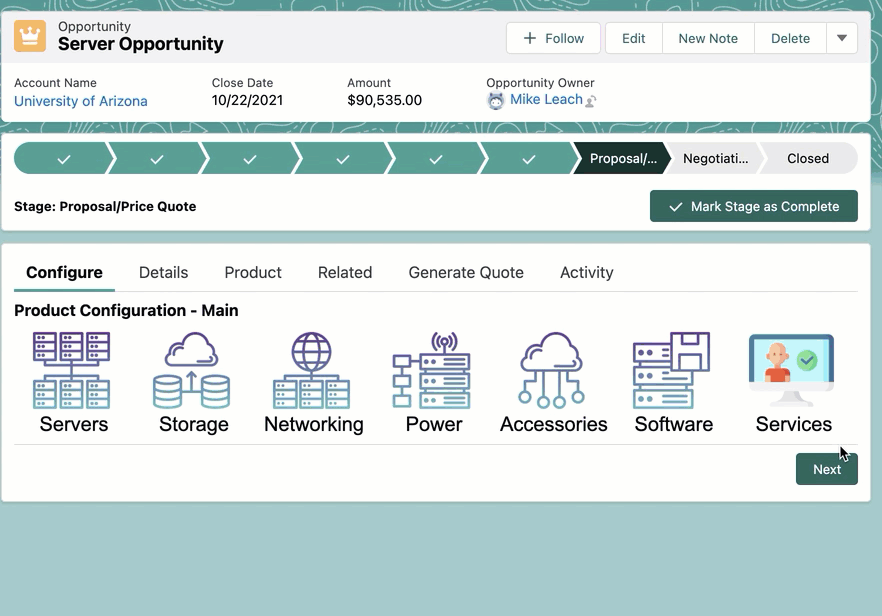
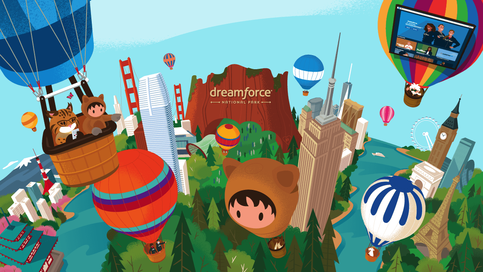
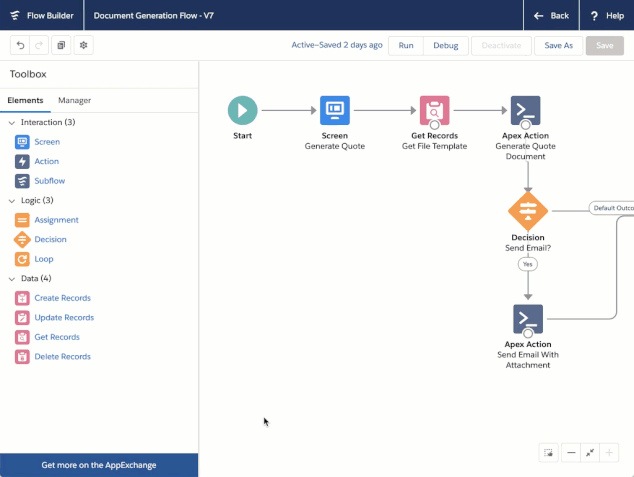

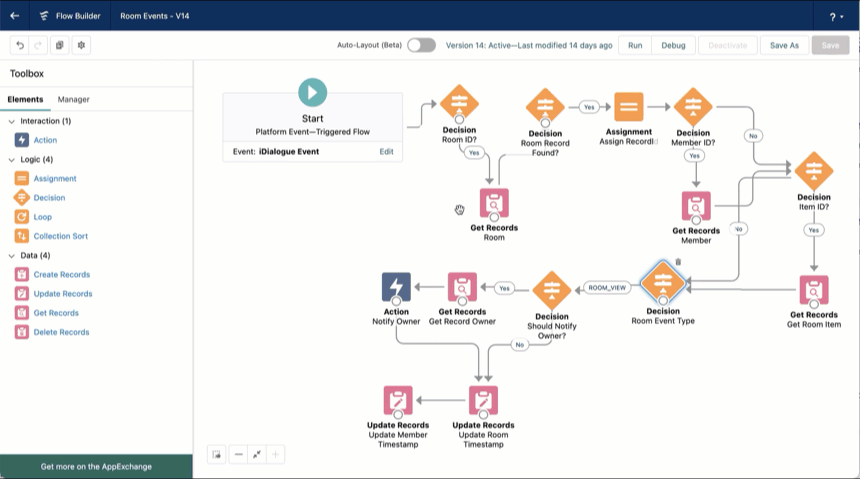
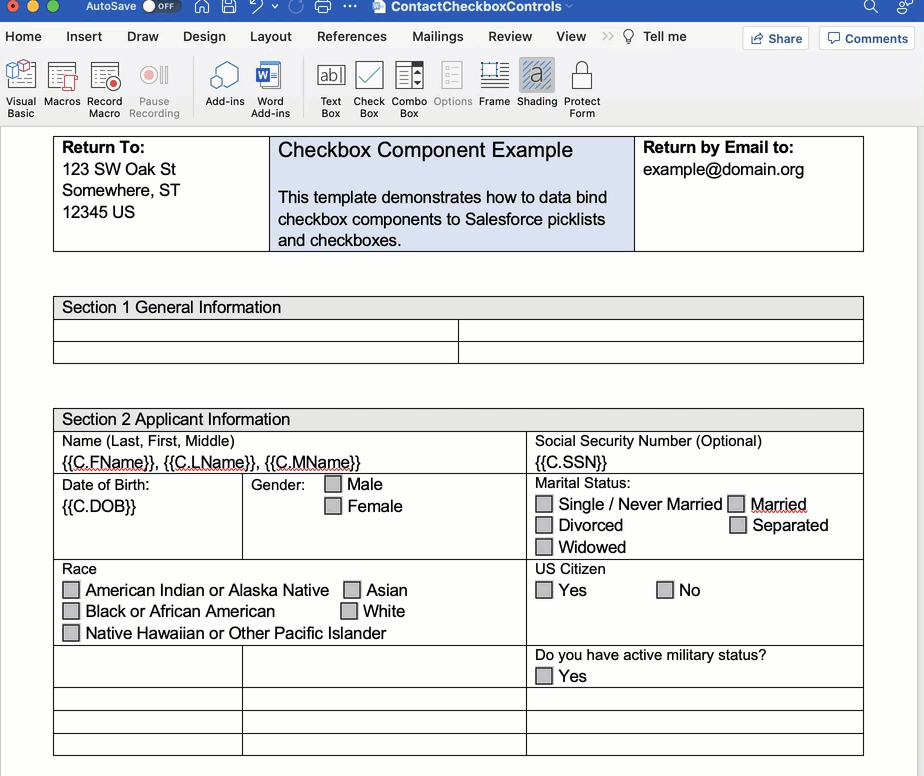
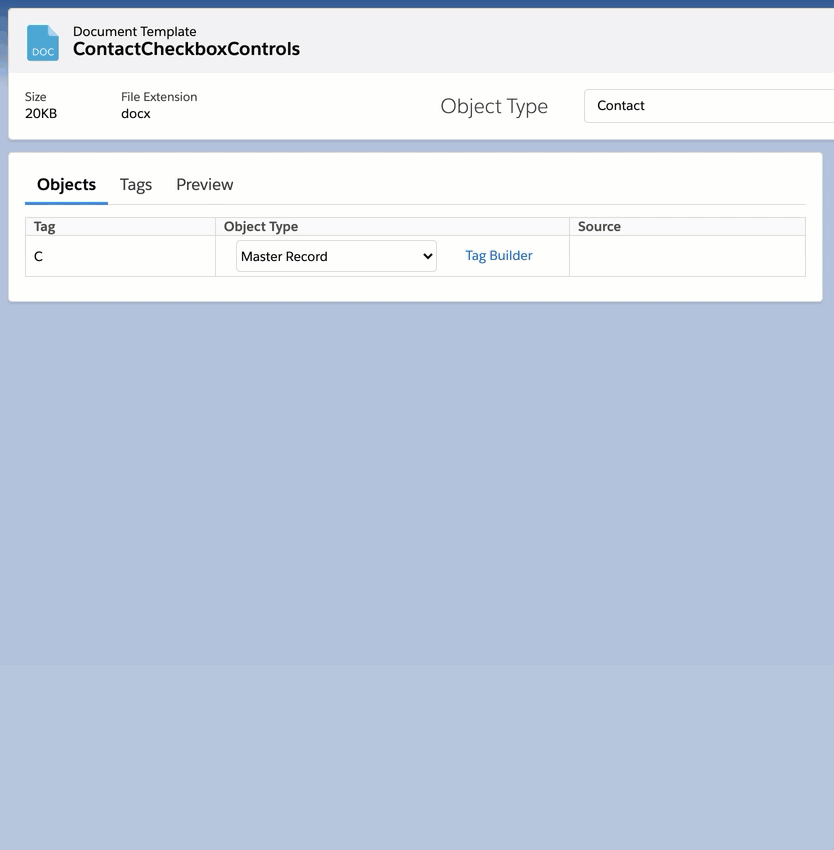
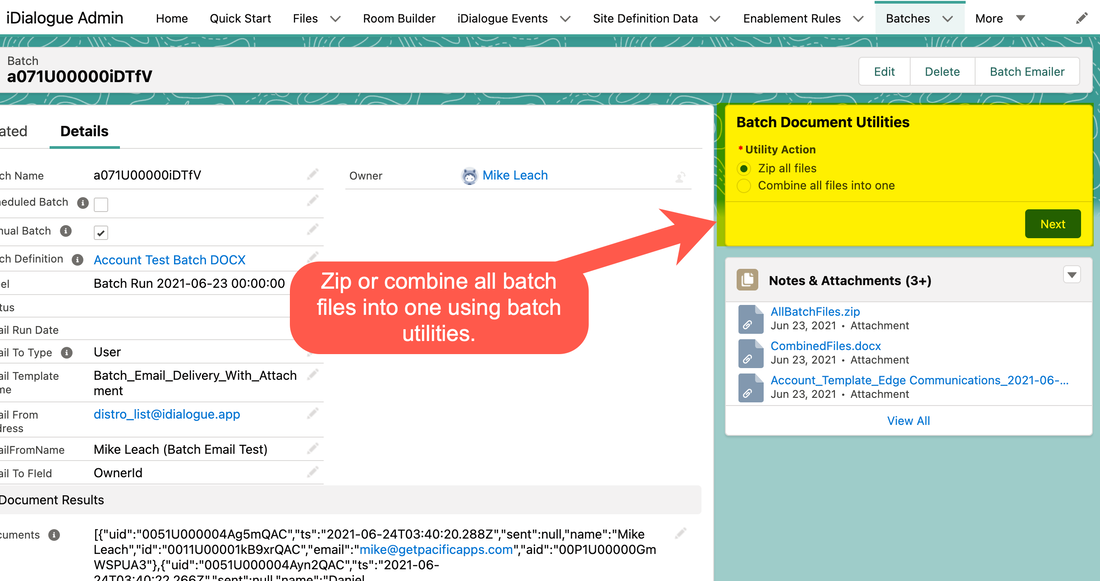
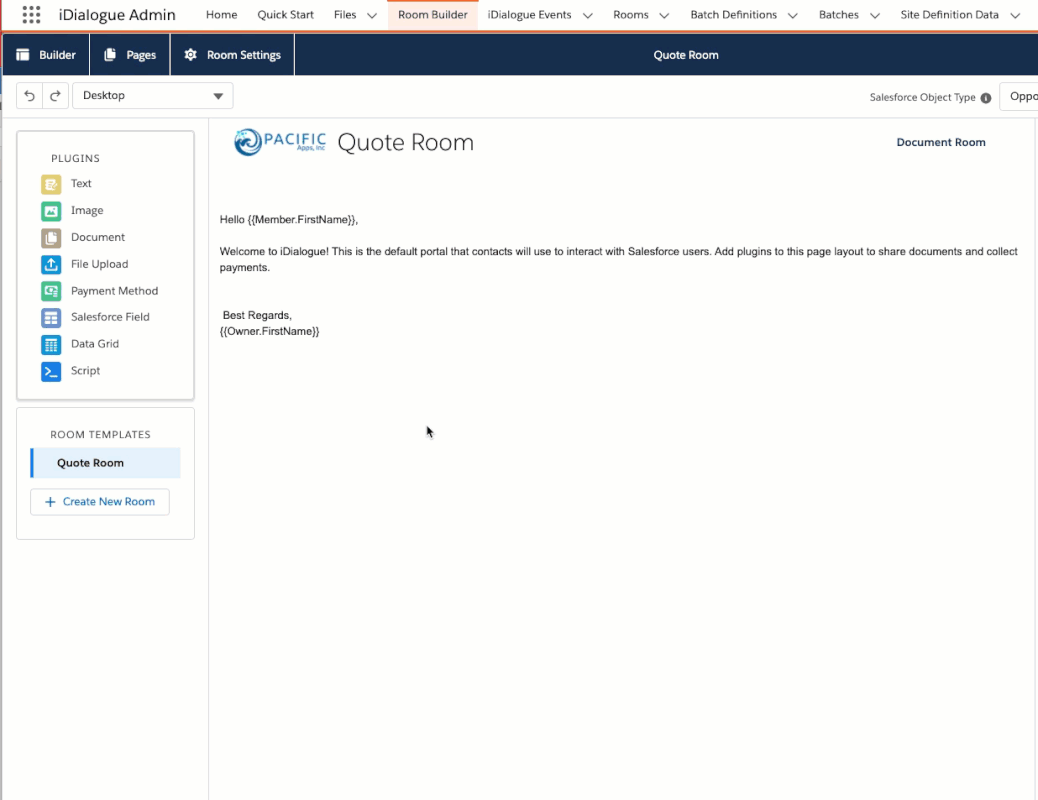
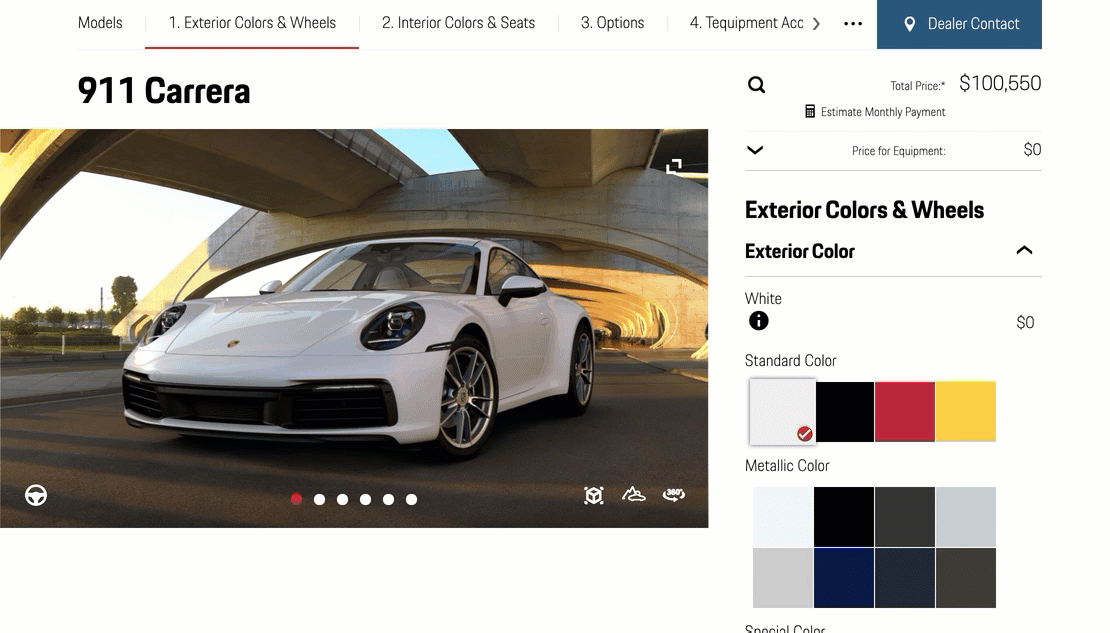
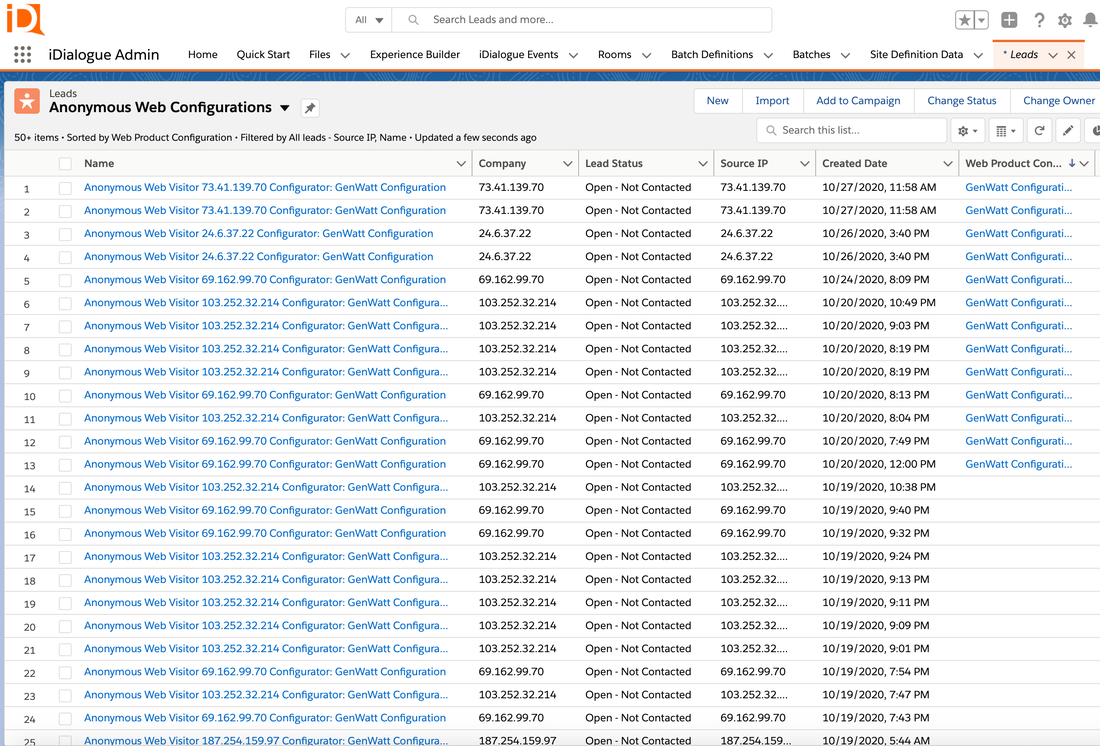
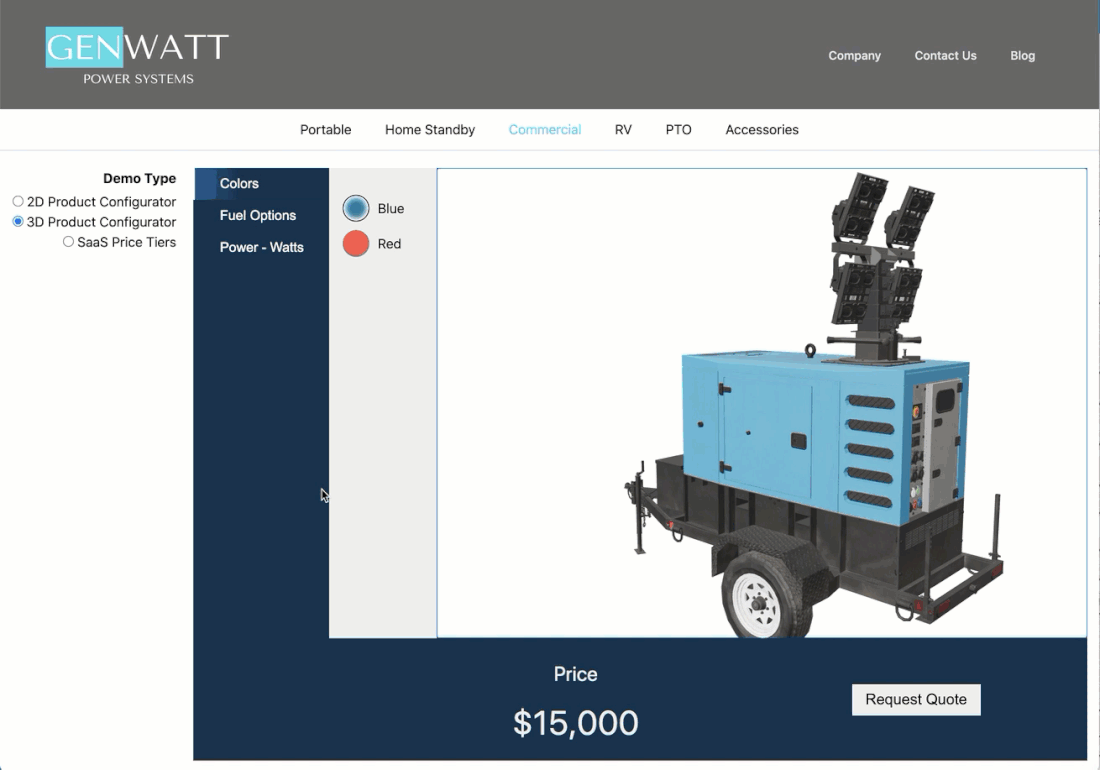
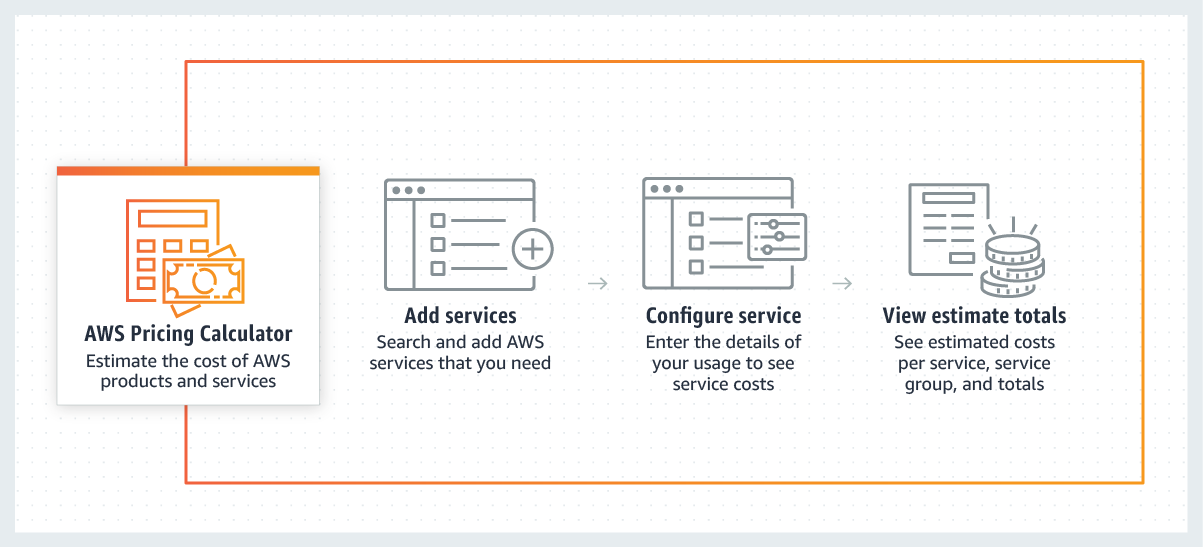
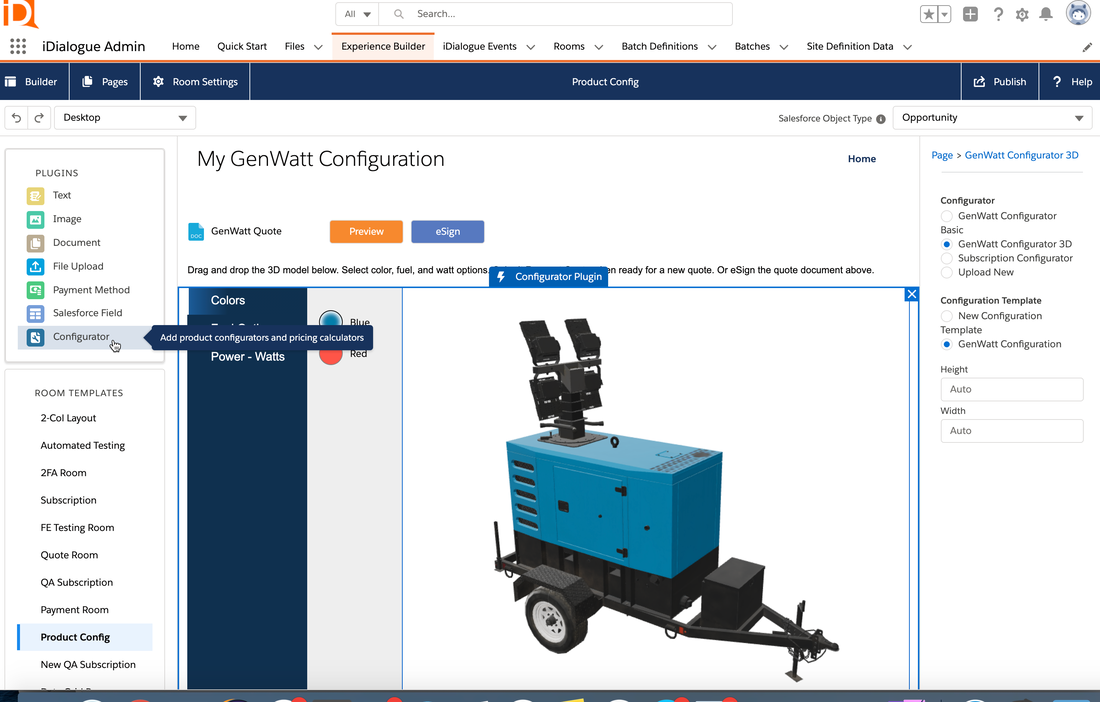
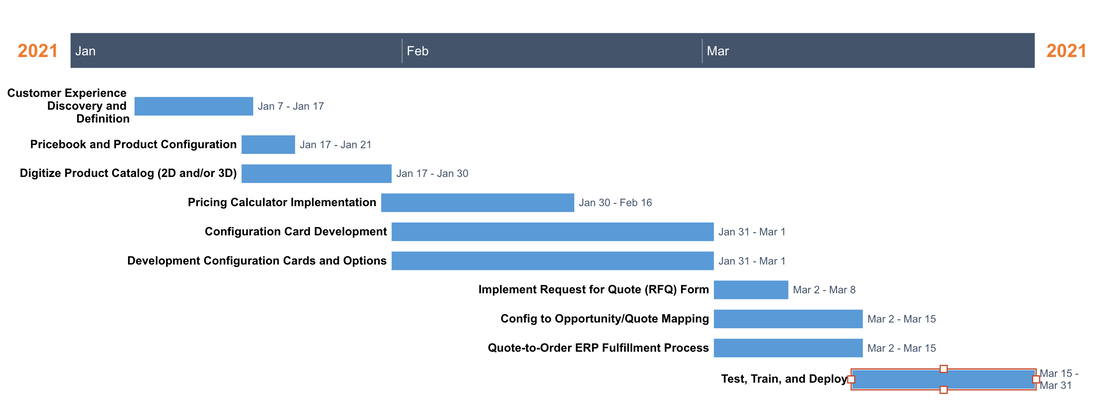
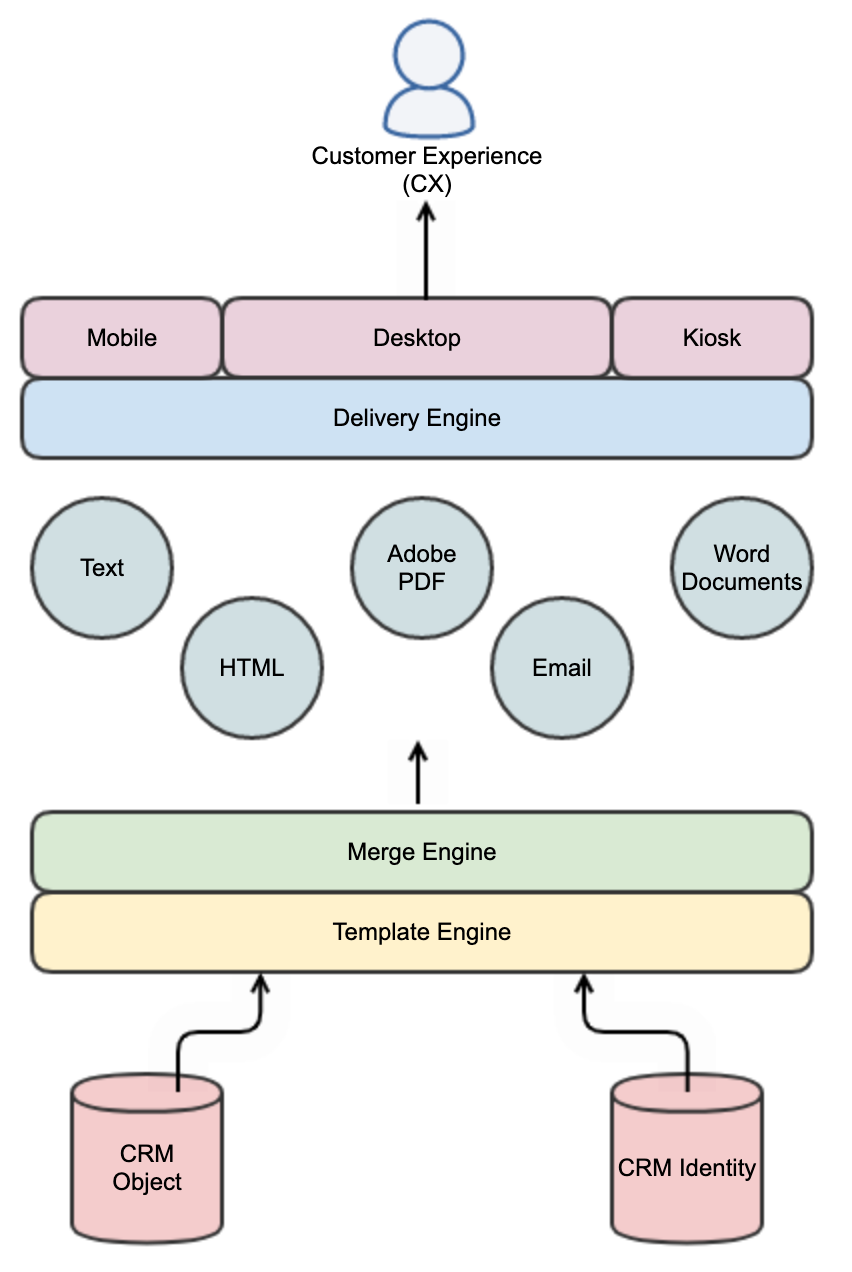
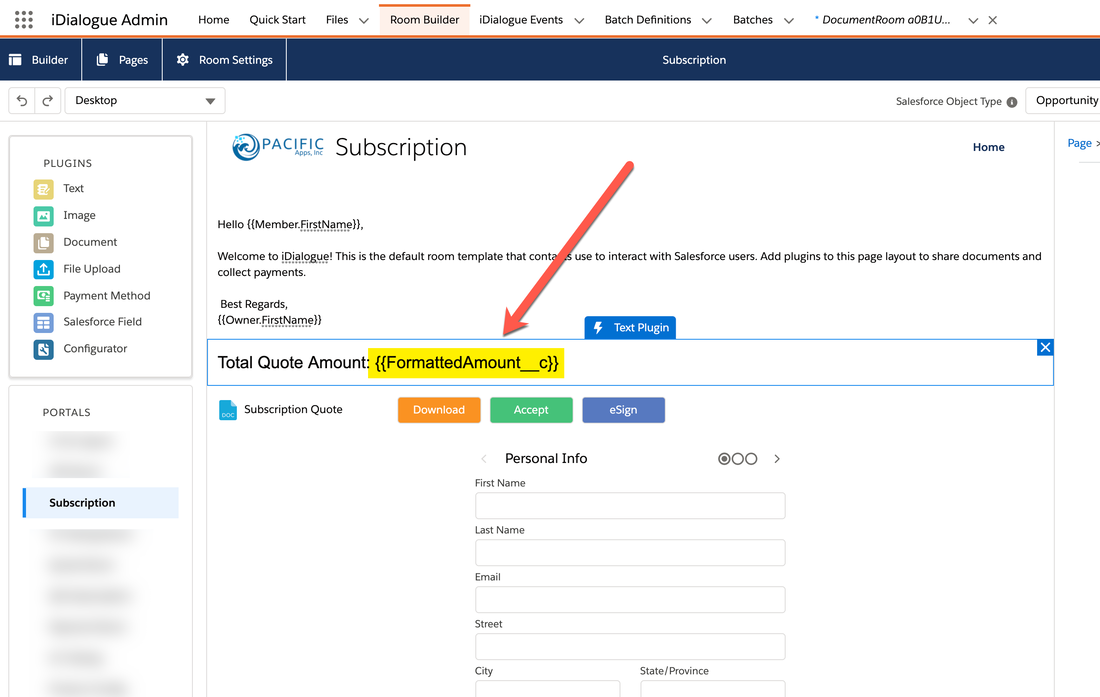
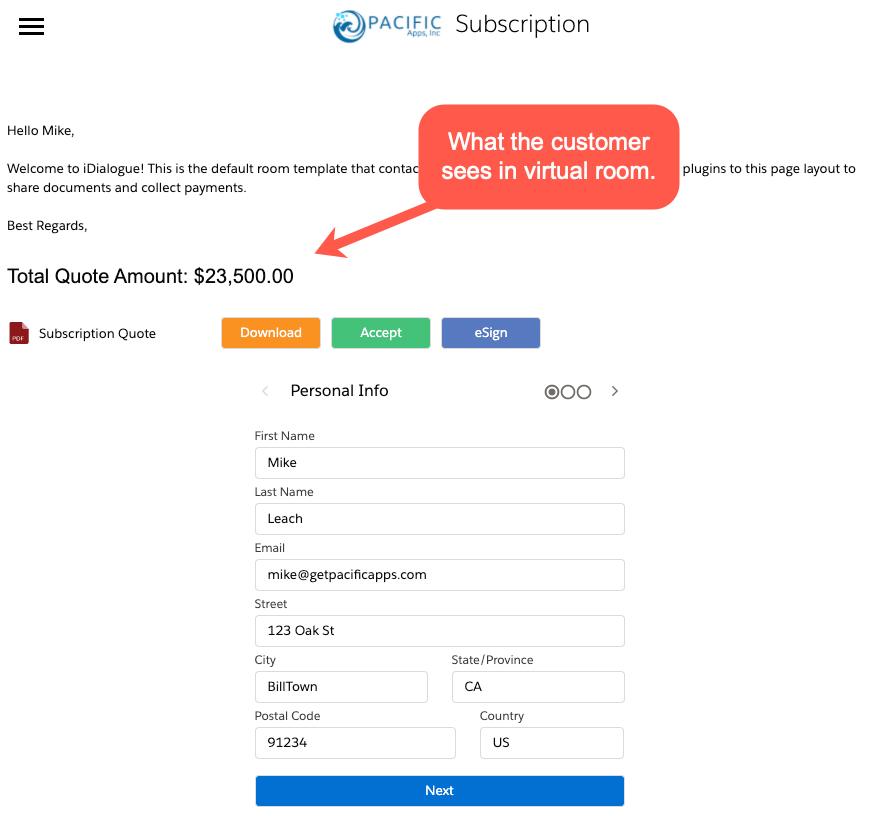
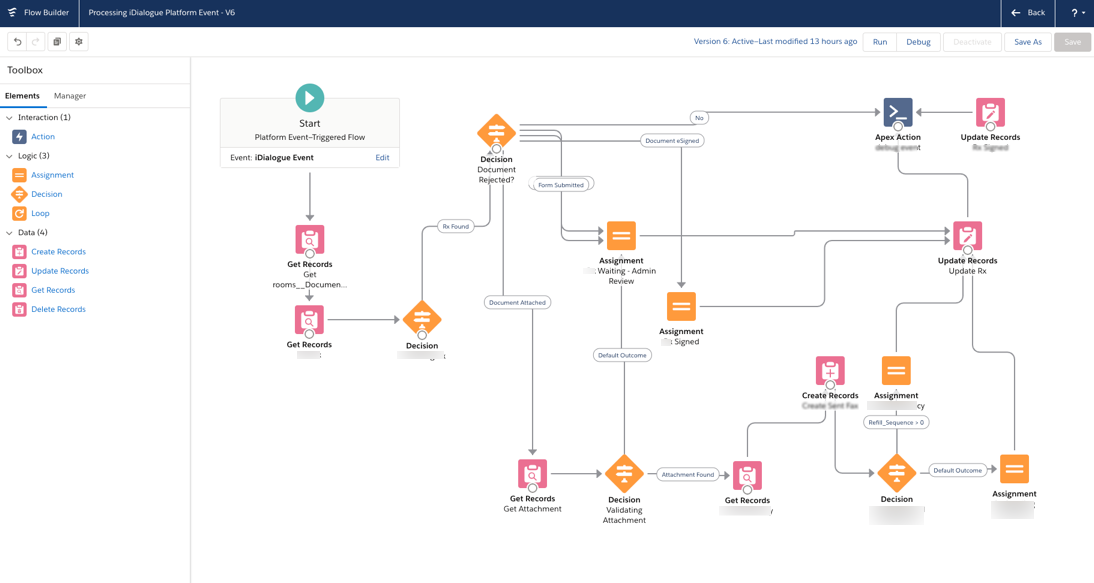
 RSS Feed
RSS Feed